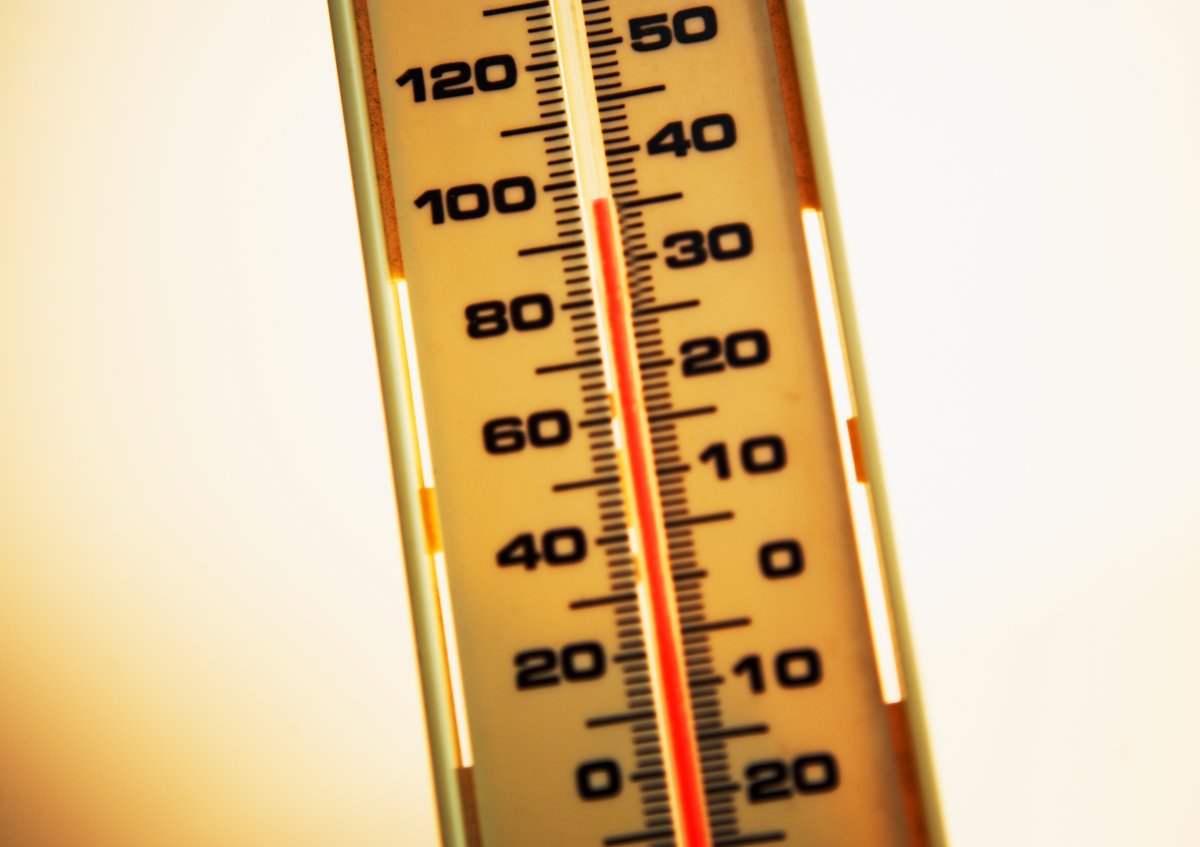The City of Vancouver is encouraging residents to track their indoor temperatures this summer as part of a survey to inform regulation and policy that deals with extreme heat.

The survey, conducted after the fatal heat dome two years ago, is meant to provide the municipality, Vancouver Coastal Health and BC Centre for Disease Control with data for programs “to protect residents and provide more cooling spaces,” the city said Monday.
“The survey takes approximately six minutes to complete and indoor temperatures can be measured using a digital wall thermostat, free-standing thermometer, a food thermometer, or a standard manual thermometer,” it wrote in a news release.
“Respondents are encouraged to record the temperature in the late afternoon or evening when indoor temperatures are highest.”

To date, some 6,000 residents have submitted results. The city said this year’s survey is expected to be the last.
Results so far have indicated that residents are becoming increasingly concerned about about climate change, and those concerns are elevated during periods of extreme heat. The survey has also found that many rely on accessing cooling opportunities outside their home.
In June, the B.C. government announced $10 million in funds to provide an estimated 8,000 vulnerable residents with air conditioners over the next three years.
More than 600 people died during the province’s record-breaking heat dome between June 25 and July 1, 2021. The village of Lytton, in particular, set a national record for the hottest temperature ever recorded at 49.5 C on June 29, 2021.

In the aftermath of the casualties, a report from the BC Coroners Service recommended changes to the province’s building codes to require “passive and active cooling” in both new and existing developments by 2024. Passive cooling includes building design options like insulation, air tightness, ventilation and shading. Mechanical — or active — options include heat pumps and air conditioning.
The report, published last August, found that 98 per cent of those who died in the 2021 heat wave were indoors and most victims “lived in socially or materially deprived neighbourhoods,” compared with the general population. It estimated 93 per cent may have been without air conditioning and 76 per cent may have been without a fan.

Vancouver’s indoor temperature survey is open online until Sept. 10.
Residents are asked to record their indoor temperature on hotter days, as well as information on their building’s characteristics and any barriers they experience trying to access cool weather inside or outside their homes.
The city recommends that if indoor temperatures exceed 31 C, people seek out an air-conditioned space or public cooling centres, a list of which is available online. A map of public fountains and misting stations active during the summer is also available on the city’s website.
Symptoms of heat exhaustion include heavy sweating, dizziness, nausea or vomiting, rapid breathing, headache, extreme thirst, muscle cramps, dark urination and new skin rashes, according to Vancouver Coastal Health.




Comments